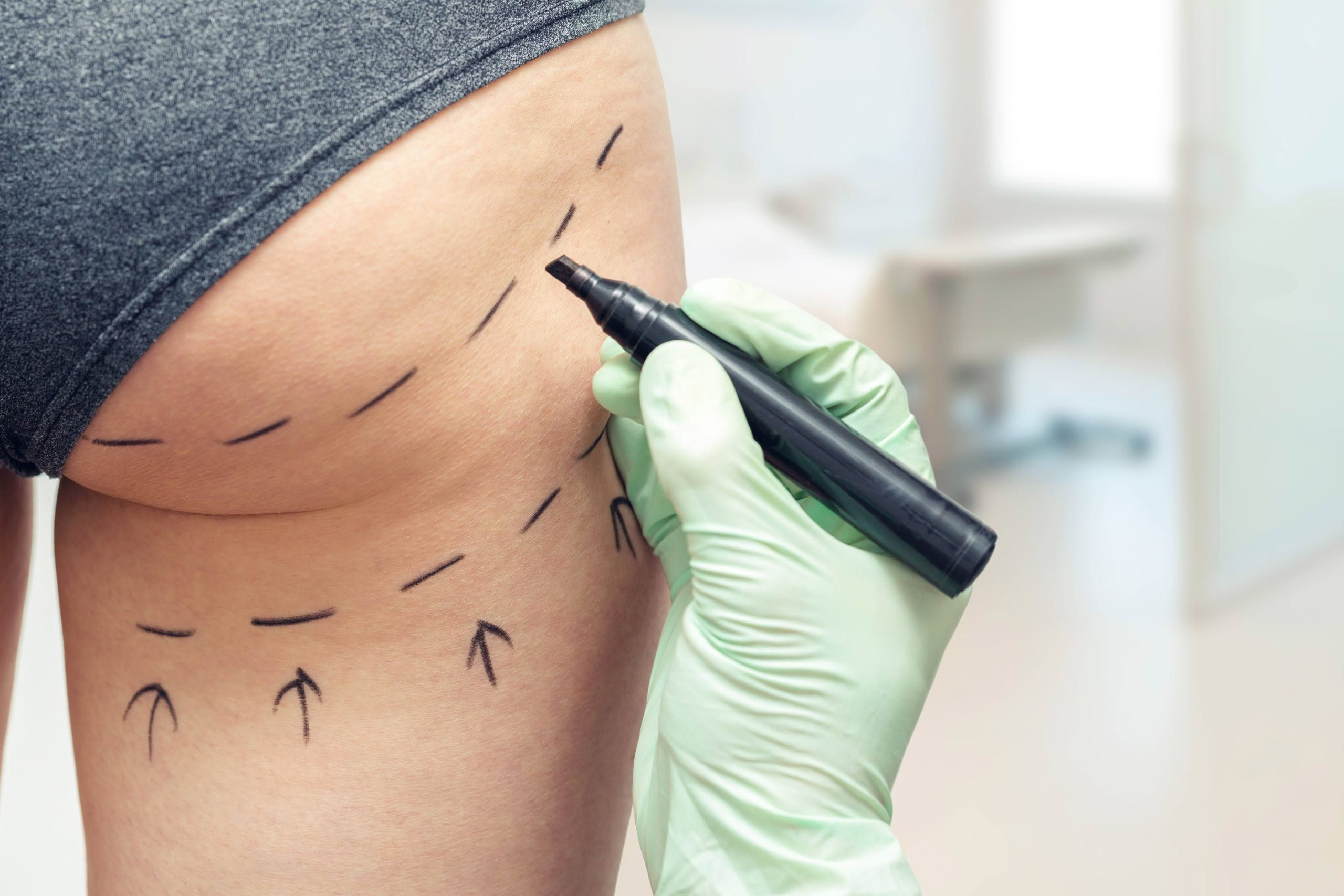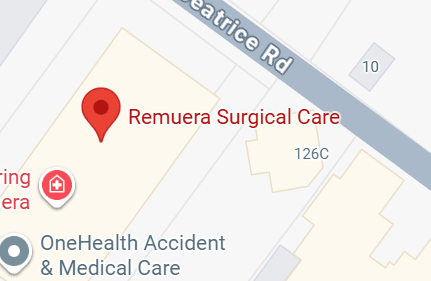This operation is ideal for patients who have had a drastic weight reduction either after gastric surgery or an iron will. The purpose of the lower body lift is to remove excess (loose) skin from the abdomen area, back, and thighs. Skin that has lost its elasticity or is drooping will be trimmed to better fit the slimmer body of the patient. Liposuction may be used to add a final effect of smoothness in particular areas.
Lower Body Lift
(Circumferential abdominoplasty)
Surgery to reshape and naturally enhance your figure
Please give us a call to discuss your options or to book an initial consultation with Dr Greenbaum.
Frequently asked questions
Am I a good candidate for a lower body lift?
This is best decided during a consultation, but if you have redundant folds of abdominal skin, or a bulging abdomen, even after exercise and weight loss and you are in good physical and mental health with reasonable expectations you should be an appropriate candidate.
Typically the sort of patient suited to this procedure will have lost a significant amount of weight, without the skin recovering and shrinking back, for instance after gastric surgery for obesity, or weight loss by other means. After assessing you in consultation, I will discuss all suitable surgical options with you.
Finally, if you are a smoker, you will be asked to stop smoking for six weeks before surgery and to avoid inhaling other peoples’ smoke secondarily. Smoking significantly increases the risk of postoperative complications and often ruins the results of this operation, so I do not perform this operation on smokers.
How is a lower body lift performed?
I will start operating with you lying on your front and operate on your back, buttocks, and posterior thighs, then under my supervision, whilst the anaesthetist cares for your airway, trained operating theatre staff will turn you so that I can finish by operating on your abdomen and thighs with you lying on your back.
To start, excess skin and soft tissue will be removed from your back, buttocks, and posterior thighs, after which these wounds will be stitched before turning you. In front, I make an incision in your abdominal skin and lift it off the muscles of your abdominal wall. The belly button is released from original position in the skin but remains attached to your abdominal wall and will be re-positioned appropriately in your new tummy. The muscles are then tightened and the skin re-draped over the abdomen. Your skin is stitched back in place with absorbable stitches so that the scar in front runs seamlessly with that behind. Drains are placed under the incisions that will remain, possibly for several weeks, to remove the normal healing fluid that the body produces.
The operation typically lasts between three and five hours.
What should I expect from my consultation?
During your consultation, I will take a full medical history and ask you specifically about any diseases you have suffered that have affected your abdomen, as well as any previous surgery you may have undergone. I may need to write to surgeons who have operated on you in the past to discover what you have had done, so the more detailed information you can bring with you, the better.
I will examine you completely, then focus on your abdomen to assess whether you have muscle or soft tissue herniae, and the size, symmetry, and shape of your excess subcutaneous fat. I will also look at the quality and elastic tone of your abdominal skin.
Finally, I will then take standardised-view photographs to help plan and discuss your operation.
What does my operation involve?
Before surgery, you will meet and be assessed by your anaesthetist who will prescribe you medications for your comfort and to lessen anxiety if need be.
On the evening before, or the morning of your operation I will review what we have discussed and planned previously, and we will both sign your operative consent forms. Then I will draw the incision lines on your abdomen with a marker whilst you wear typical underwear, with the aim of concealing your final scar (allowing for future variations in underwear fashions!)
The operation is performed under General Anaesthesia so you will be asleep. Once anaesthetised you will be catheterised to drain urine from your bladder for your comfort and safety during the peri-operative period.
After surgery you will be monitored in a recovery area. You will have some discomfort following surgery for which you will receive pain relief. You will able and encouraged to walk with help within 8 – 12 hours of surgery to maximize your recovery.
What about my recovery and return to normal activities?
Typically, you will stay in hospital for two days after the operation and then most patients are able to go home with their wound drains still in place.
Following surgery, you will wear a compression garment for 3 weeks, 24 hours a day; 7 days a week (except when washing it or you!) and then during the night for the next 2 weeks as this helps your new abdomen settle in the correct position.
When you are discharged from hospital, someone must drive you home and someone must stay with you to assist you the first few days whilst at home.
Plan on at least 6 weeks to recover fully. For the first few days you will walk slightly stooped over. As the skin relaxes you will slowly straighten up. Wound drains are usually removed within 3 weeks depending on their output, based on a record of how much fluid is draining that you will keep. Wound care around the drain sites is easy and you will be taught how to care for these areas before you leave the hospital.
You will feel tired and somewhat sore for a week or two following your surgery, but you will be able to move around and function relatively normally.
You will have buried, soluble stitching which will dissolve and doesn’t need to be taken out.
Generally, you can return to work if your occupation is sedentary, after 3 – 4 weeks, but if your work involves heavy lifting or is strenuous in other ways, for instance women police officers, 6 – 8 weeks might be a more realistic period off work. So long as you can do so with due care and attention, you can begin driving 3 – 4 weeks after surgery.
You should restrict yourself to light exercise for 4 – 6 weeks – avoiding lifting anything over 5Kg and aerobic exercise for at least 4 weeks.
What about my final scar?
Whenever surgery is performed on your body a scar will result. Scar healing is dependent on multiple competing factors which include: my surgical technique; wound tension and position; any post-operative trauma and infection; but mostly on your genetic makeup. My expertise is directed towards providing you with the least noticeable scar possible, but because everyone’s result is unique, wound healing and your abdominal scar appearance are only partly under my control.
It will take at least a year for the scar to mature and fade from red to pale pink (or whatever is your normal skin colour).
The scar will be positioned, where possible, so as not to be visible in your swimsuit or underwear.
New scars benefit from friction-free massage (using Vaseline, for instance, to lubricate the massaging process). Beginning to massage scars two to three weeks after surgery, will help them mature, soften and flatten faster than if left to their own devices. New scars should be protected from sunlight for 2 years to avoid them pigmenting differently to the surrounding skin and becoming a different colour permanently. Factor 15 sun block should be applied whenever they are exposed – even to a British winter sun.








